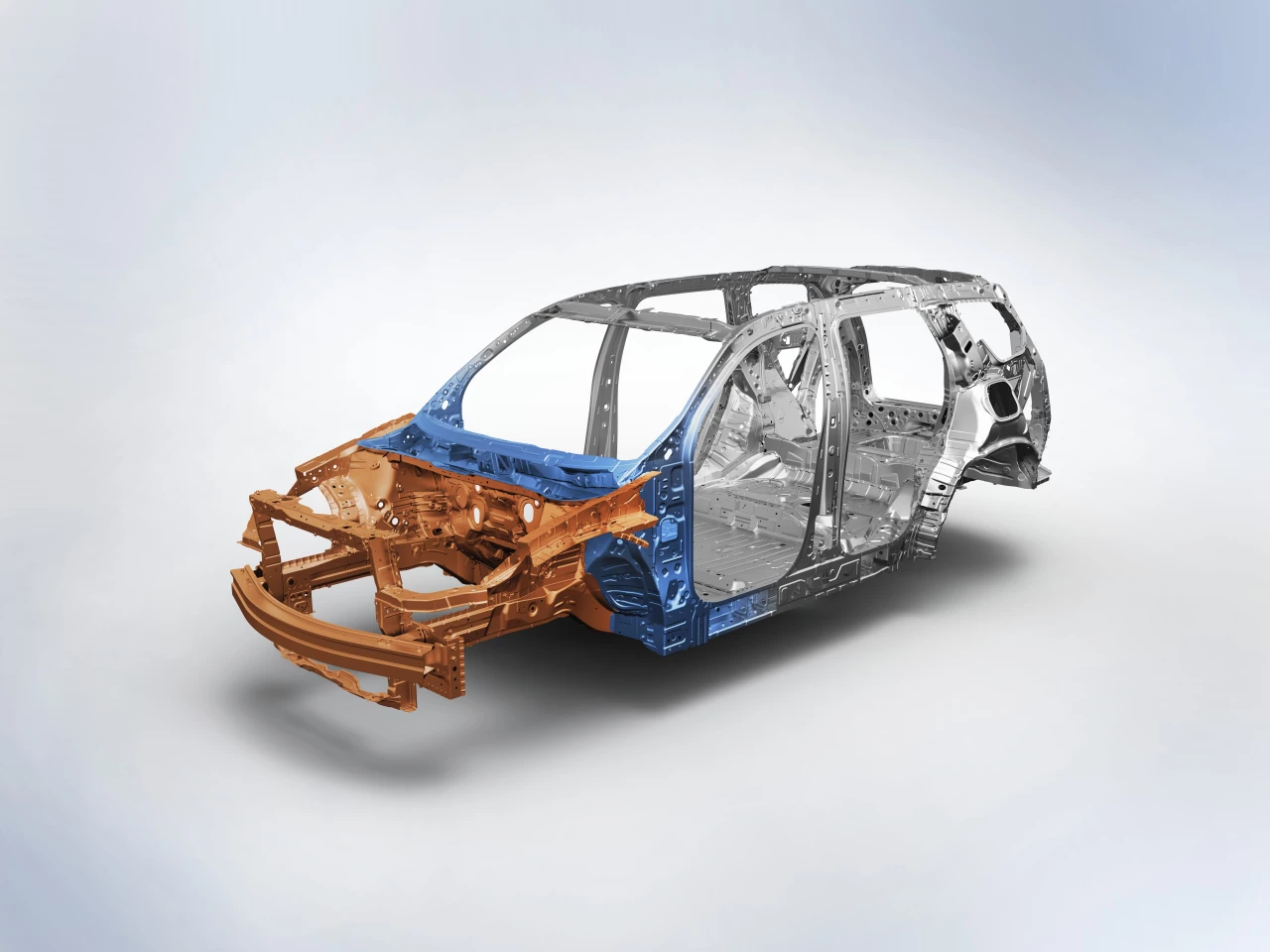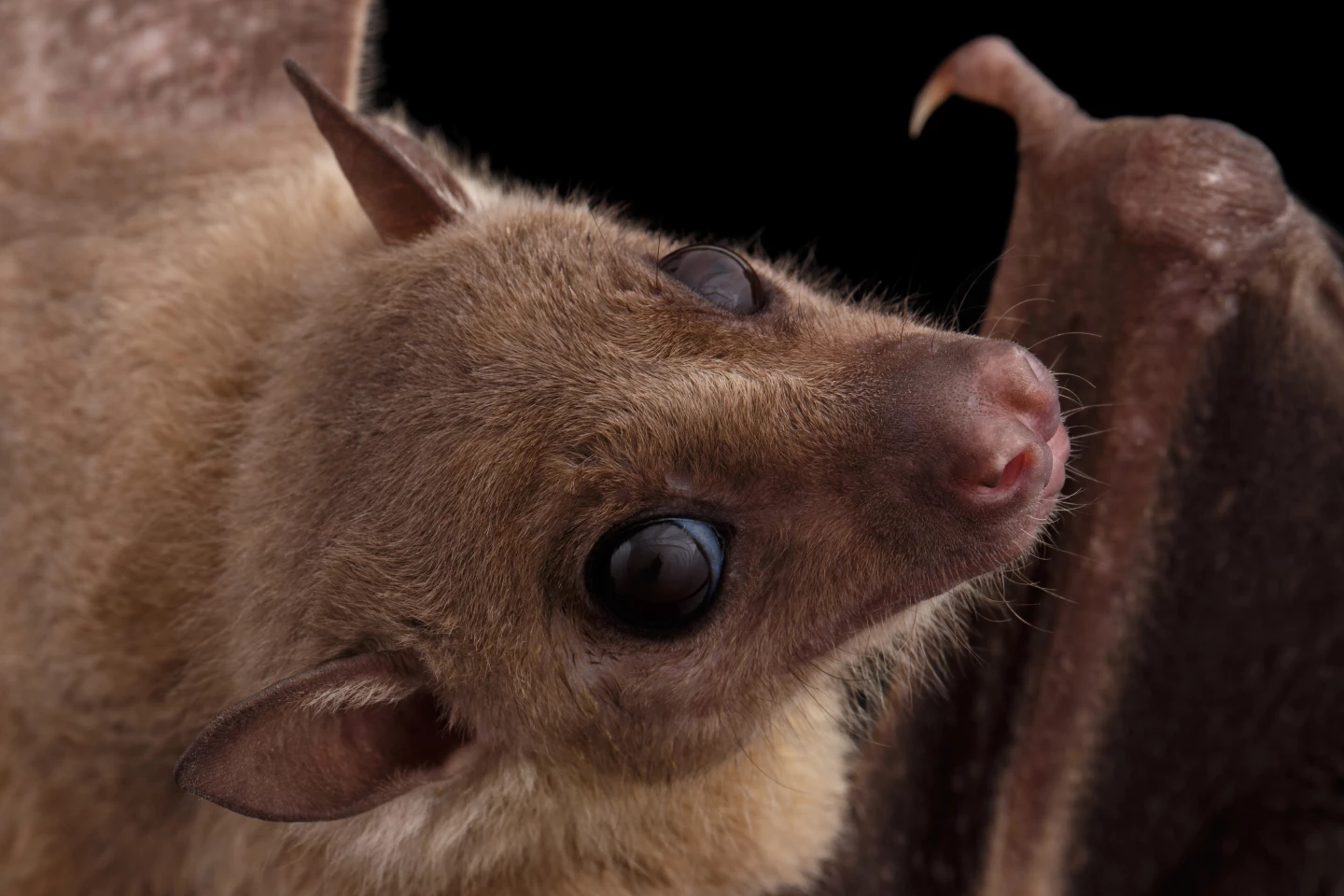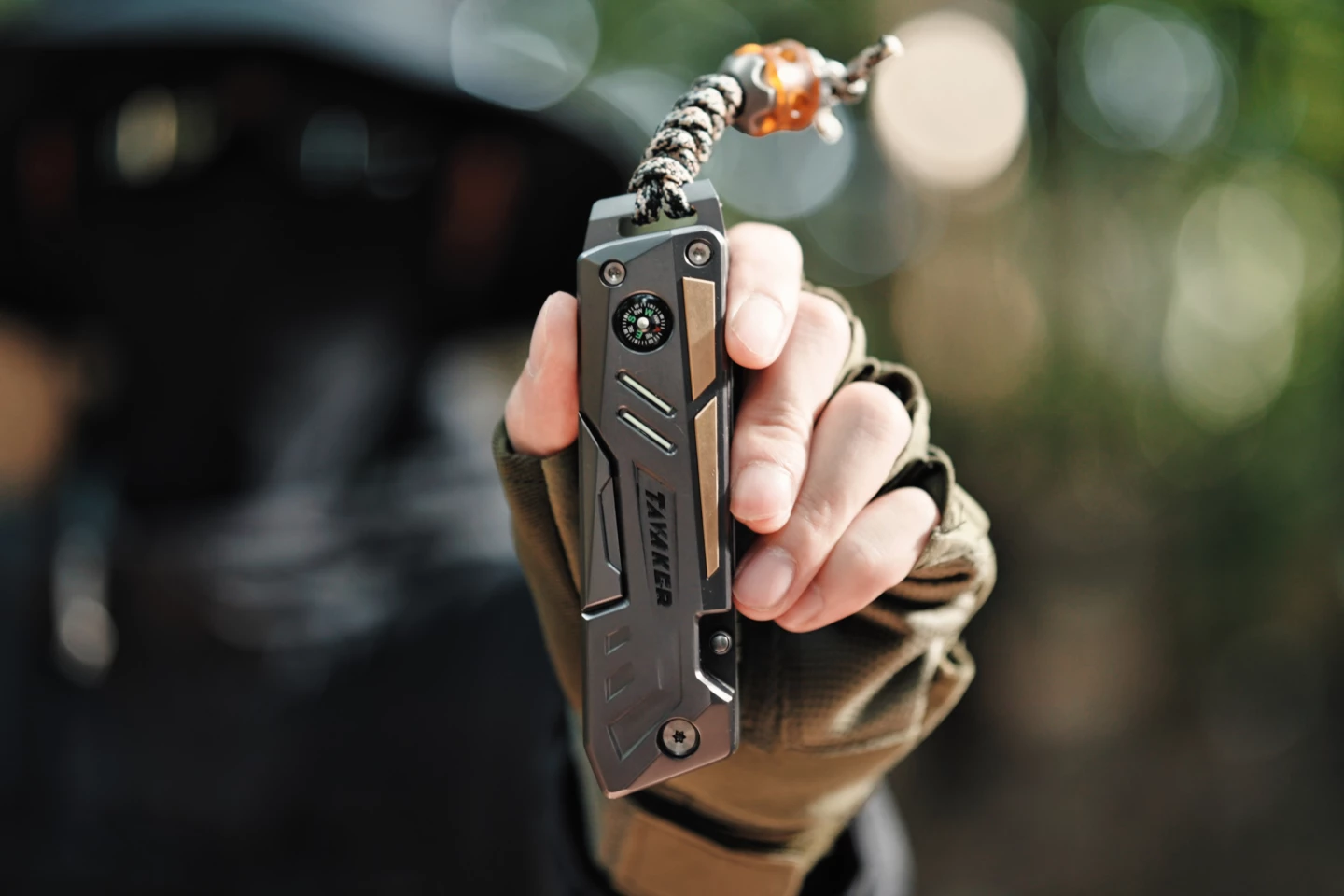Posted by Kristen French
https://nautil.us/childhood-friends-not-moms-shape-attachment-styles-most-1247316/
https://nautil.us/?p=1247316
Humans are social animals. We depend on our friends, partners, and family members to steer through troubled waters and cheer us on when we shine. One popular school of psychology known as attachment theory suggests that these close relationships tend to follow established patterns that differ from one person to the next: Some of us feel secure in our relationships, while others are more anxious about abandonment, less willing to trust even those we hold most dear.
Now a large, new, 30-year study has found that our earliest friendships may have the biggest impact on how well we “attach” to friends and romantic partners in adulthood. If true this finding would upend conventional wisdom that our relationships with our parents leave the biggest mark on our attachment styles later in life. The team of researchers found that, in fact, mothers come second, and fathers, at least in the cohort studied, had little influence. The study, published in the Journal of Personality and Social Psychology, followed 705 people and their families over three decades, starting in the 1990s.
British psychiatrist and psychoanalyst John Bowlby developed attachment theory in the 1970s and early ’80s, and it entered into the popular discourse in the intervening decades. The theory evolved, with subsequent research suggesting that our attachment styles are shaped across our lifetimes by multiple relationships, not just those with our parents, as Bowlby had initially proposed.
But until now, few studies had experimentally tested, over a person’s lifetime, the fundamental assumptions underlying attachment theory. To do this, Keely Dugan, an assistant professor of social personality psychology at the University of Missouri and her colleagues, analyzed data from one landmark longitudinal study of 1,364 children and their families that started in 1991 and stretched over 15 years. They then followed up with 705 of the original study participants, who were now 26 to 31 years of age.
ADVERTISEMENT
Nautilus Members enjoy an ad-free experience.
Log in
or
Join now
.
Read more: “Love Is Biological Bribery”
The data for the original study came from a variety of sources: The authors periodically videotaped mothers and fathers interacting with their young children and made notes about their sensitivity to their children’s needs. They analyzed parent-child conflicts and closeness through reports from the parents and measured parents’ warmth and hostility through reports from the children. They also examined how the children rated their friendship quality and collected teacher and parent reports about their social competence with peers.
In the follow up, Dugan and her team evaluated the attachment styles and relationship quality of the now-adult participants, with their romantic partners, friends, and family members. They controlled for family income-to-needs ratio, maternal education, race and ethnicity, and sex assigned at birth.
Dugan and her colleagues found that a person’s relationship with their mother does shape their general attachment style and their specific individual relationships with friends, romantic partners, and fathers, accounting for 2 to 3 percent of differences in anxiety and avoidance. So, for example, people whose mothers were less warm and fuzzy during their younger years tended to feel more insecure in their adult relationships. The more recent the interaction with the mother, the more influence it potentially seemed to have. But early friendship bonds played an even bigger part than maternal relationships in the ways people navigated adult friendships and romantic partnerships, accounting for 4 percent of the variance in adults’ romantic partner- and best friend-specific attachment anxiety, and 10 to 11 percent in their partner- and best friend-specific avoidance.
ADVERTISEMENT
Nautilus Members enjoy an ad-free experience.
Log in
or
Join now
.
“In general, if you had high-quality friendships and felt connected to your friends in childhood, then you felt more secure in romantic relationships and friendships at age 30,” Dugani told Scientific American. “When you have those first friendships at school, that’s when you practice give-and-take dynamics,” she added. “Relationships in adulthood then mirror those dynamics.”
Even more reason to choose your schoolyard friends wisely. 
Enjoying Nautilus? Subscribe to our free newsletter.
Lead image: Ihnatovich Maryia / Shutterstock
ADVERTISEMENT
Nautilus Members enjoy an ad-free experience.
Log in
or
Join now
.
https://nautil.us/childhood-friends-not-moms-shape-attachment-styles-most-1247316/
https://nautil.us/?p=1247316




